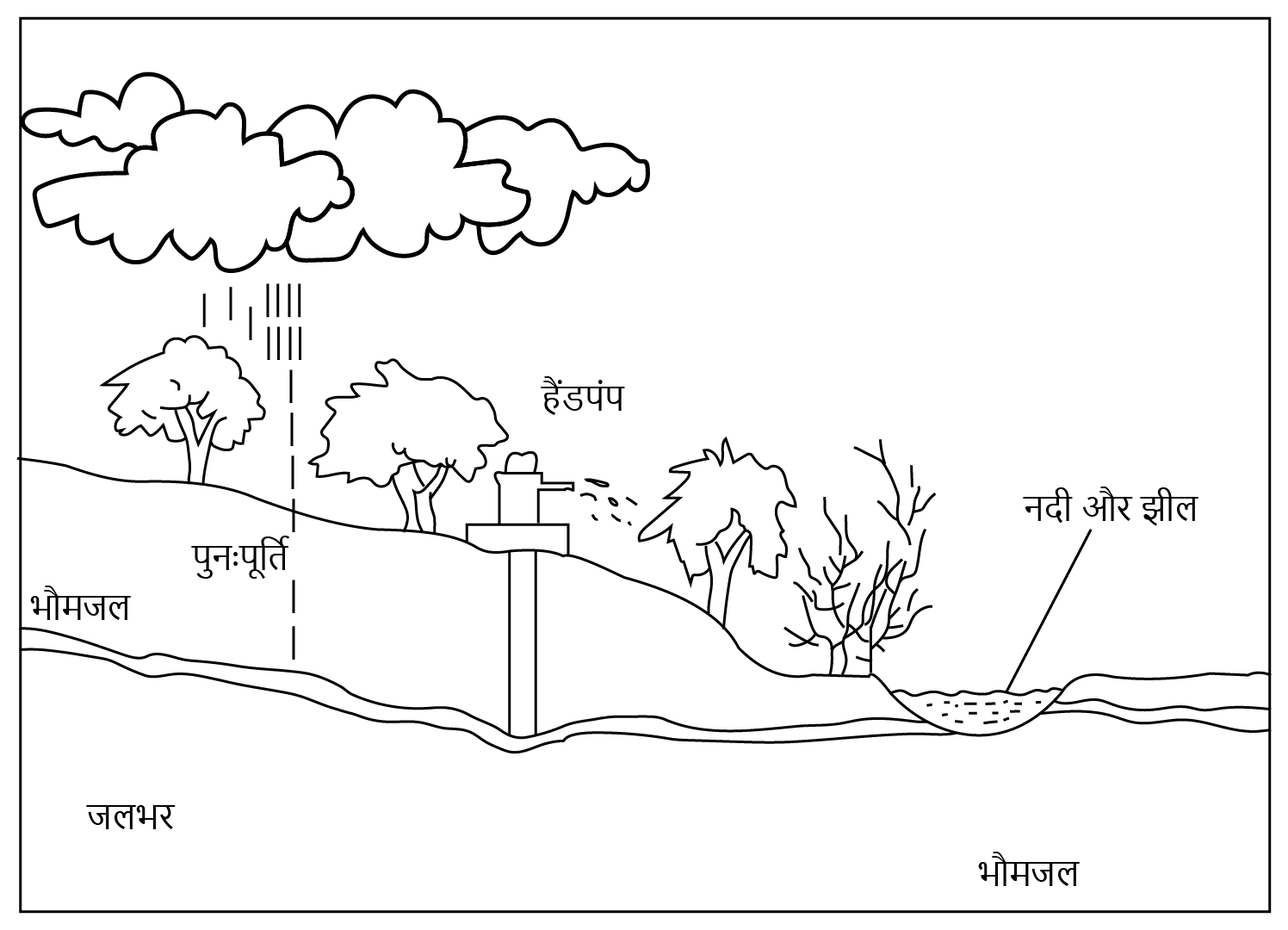NCERT Solutions for Class 7 Science Chapter 16 Water: A Precious Resource In Hindi PDF Download
FAQs on NCERT Solutions for Class 7 Science Chapter 16 - In Hindi
1. Why should I refer to the NCERT Solutions for Class 7 Science Chapter 16?
Vedantu provides CBSE students with the best NCERT Solutions for Class 7 Science Chapter 16. It provides all-important questions of the chapter. It has solutions for all types of questions. They have a variety of questions to help students understand the chapter better. It even gives the students all the solutions to these questions. These solutions and questions are extremely important from the examination point of view for all CBSE students.
2. What concepts can I learn from Chapter 16 of NCERT Solutions for Class 7 Science?
There are so many important concepts available in Chapter 16 of NCERT Solutions for Class 7 Science. There are concepts such as forms of water, depletion of the water table, groundwater, distribution of water, water management, and many more. All the concepts provided are very important for the students to understand. Students will become well-versed with such concepts only through revision. The more questions they solve the better they will become at the subject.
3. What is the name of Chapter 16 of Science Class 7?
Chapter 16 of Class 7 Science talks about Water: A precious resource. There are nine sections in this chapter and each section has various activities and exercises that the students can complete to understand the chapter better. All these concepts can be found in NCERT Solutions for Class 7 Science Chapter 16 ij vedantis website ( vedantu.com). There are even important questions provided at the end of the chapter from an examination point of view.
4. How can groundwater be recharged?
Groundwater refers to the type of water, which is found beneath the earth’s surface and is available in spaces in soil, rocks, and sand. Groundwater can be recharged with the process of Infiltration. Infiltration refers to the process of seeping water from lakes and rivers into empty cracks and spaces available deep below the ground. The water seeps from the ground soil and fills in all the empty spaces underground.
5. What are the factors responsible for the depletion of the water table Class 7 Science Chapter 16?
There are many factors responsible for the depletion of the water table. Some of these factors include increasing population, development, and increase in the number of industries, the rise of agricultural activities, and lack of water conservation techniques. All these concepts can be found in NCERT Solutions for Class 7 Science Chapter 16. There are many solutions and exercises within the chapter that the students can use to prepare for their final examinations.

















